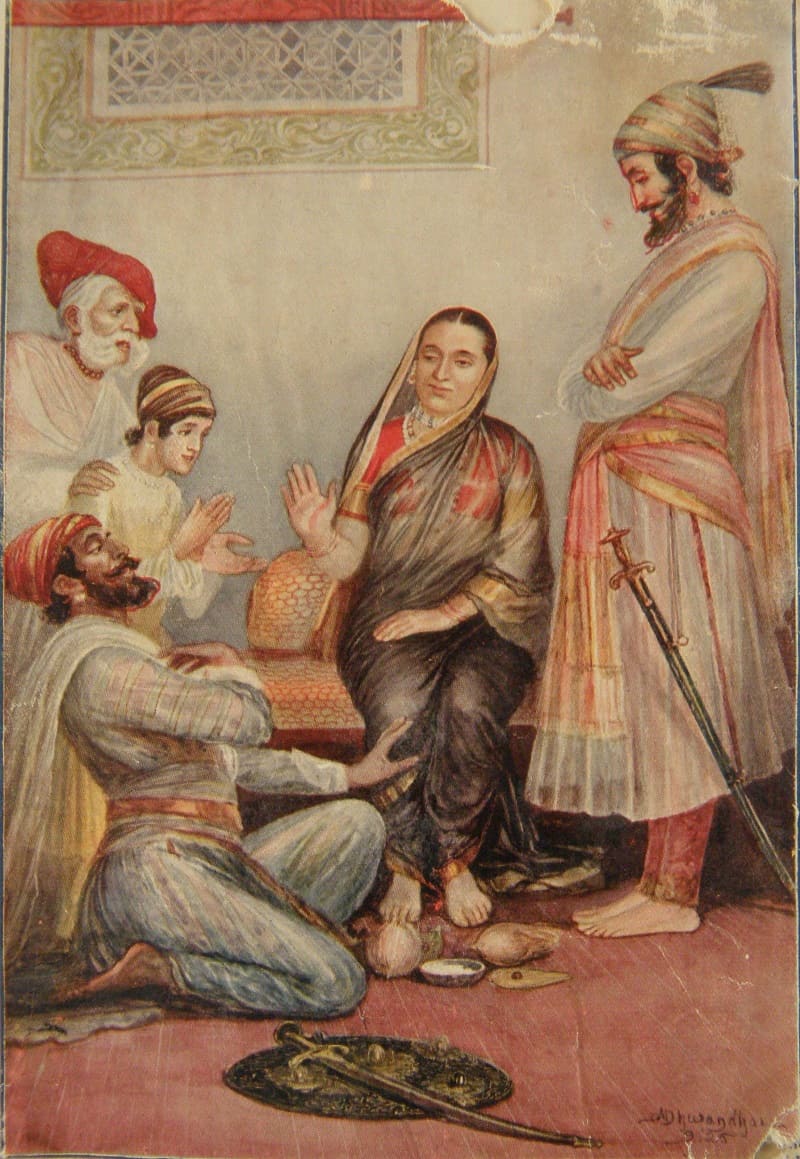

The author offers a highly interesting chapter on the ramifications of this WW1 campaign on the region after the end of the Great War.

In just under 350 pages of text we get a fascinating and before now untold account of a terrible conflict. The narrative was compelling throughout and I found it hard to put the book away late at night. This is an excellent historical account and rightly sub-titled as "The Forgotten Sacrifice of the Great War". The story was well told and the accounts of the many soldiers and officers involved were well told and insightful. The descriptions of the fighting were excellent and the details of the many campaigns and offensives never once got boring. I learnt from reading this book that the many ethnic nationals that made up the old Habsburg Empire fought bravely and without compliant for their Emperor regardless of what was happening to the old Empire back home. I was not aware that Benito Mussolini had fought as an Italian Alpini soldier along this front and that he was a dedicated and brave soldier. Before now I had never read of the outstanding valour shown by the Italian and Austrian-Hungarian soldiers who fought for four grueling years along this forgotten front line. I knew of the role of the young German officer, Erwin Rommel, and the Battle of Caporetto. Before reading this book I had never really appreciated this campaign in the context of the Great War. According to the author over 1.75 million men became casualties during the numerous offensives fought along this river and upper valley and should be placed along such names as Verdun, the Somme, and Passchendaele.Īfter reading his book I fully agree with the author in this regard. The Isonzo River ran between the then warring nations of Italy and Austria (Habsburg Empire) and saw some of the bloodiest fighting of World War One. Schindler's outstanding book on the numerous battles fought along the Isonzo River during the Great War is one of the best military history accounts I have read for some time. According to the author over 1.75 million men became casualties during the numerous offensives fought along this river and upper valley and should be placed along suc John R. After nearly a century, Isonzo can assume its proper place in the ranks of the tragic Great War clashes, alongside Verdun, the Somme, and Passchendaele.more This Alpine war had profound historical consequences that included the creation of the Yugoslav state, the problem of a rump Austrian state looking to Germany for leadership, and the traumatic effects on a generation of young Italian men who swelled the ranks of the fascists. Schindler's account includes references to remarkable personalities such as Mussolini Tito Hemingway Rommel, and the great maestro Toscanini. The Habsburg Empire, he contends, lost the war for military and economic reasons rather than for political or ethnic ones. In sharp contrast to claims that neither the Italian nor the Austrian armies were viable fighting forces, Schindler aims to bring the terrible sacrifices endured by both armies back to their rightful place in the history of 20th century Europe. Not well known in the West, the battles of Isonzo were nevertheless ferocious, and compiled a record of bloodletting that totaled over 1.75 million for both sides. In sharp contrast This is the first account in English of a much-overlooked, but important, First World War battlefront located in the mountains astride the border between Italy and the Austro-Hungarian Empire. This is the first account in English of a much-overlooked, but important, First World War battlefront located in the mountains astride the border between Italy and the Austro-Hungarian Empire.


 0 kommentar(er)
0 kommentar(er)
